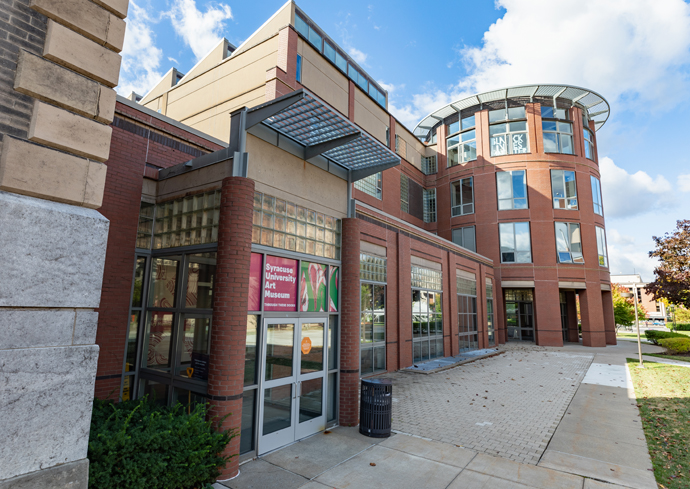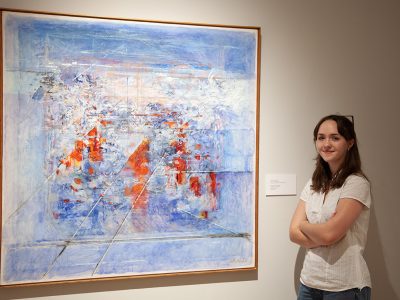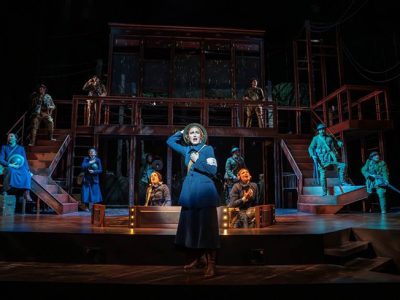Art Museum Faculty Fellows Leverage Collections to Enhance Teaching
Four faculty members have been named Syracuse University Art Museum Faculty Fellows for the 2025-26 academic year. The fellows program, now in its fourth year, supports innovative curriculum development and the fuller integration of the museum’s collection in University instruction. It was established to further the museum’s mission to be a museum-laboratory for exploration, experimentation and discussion and uniting the campus community across disciplines.
This year’s Museum Faculty Fellows are:
- Colleen Cameron, professor of practice in human development and family science, College of Arts and Sciences
- Maria Cudowska, visiting teaching professor, College of Law
- Kelly Gallagher, associate professor of film and media arts, College of Visual and Performing Arts
- Shikha Nangia, professor of biomedical and chemical engineering, College of Engineering and Computer Science
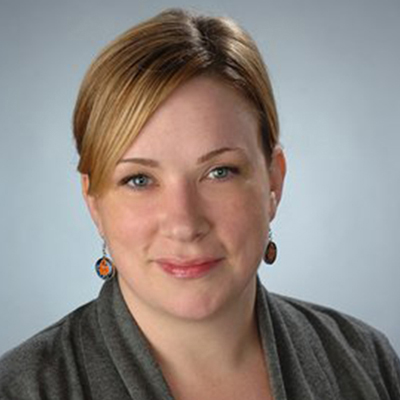
“This cohort is especially robust, with representation from schools and colleges that have not participated in the fellowship before,” says Miranda Traudt, assistant provost for strategic initiatives and director of the arts. “These faculty members bring an interesting approach to using the art collection to enhance coursework, and demonstrate how the arts contribute to experiential learning opportunities for faculty and students.”
Colleen Cameron: Healthcare Communication
Cameron plans to integrate museum materials into the course HFS 400 Healthcare Communication: Research, Theory and Practice this fall. Her aim is to “create a course where students can view healthcare communication though a lens influenced by humanities and social science frameworks.” As part of the course, students will select an object that connects to death notification, and will present it at a session held at the museum at the end of the semester. They will also engage in two object-based art experiences followed by reflective essays.
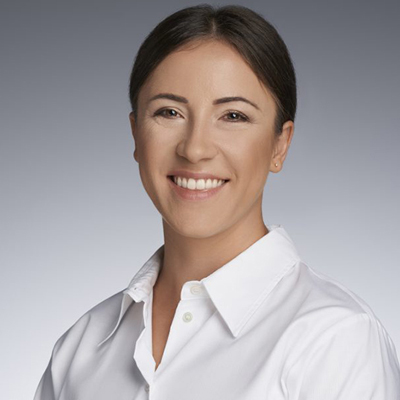
Maria Cudowska: Cultural Protection
Cudowska will use museum objects in the fall course LAW 882 National Security Research Center/Counterterrorism Center and/or the spring course LAW 897-M601 National Security Negotiations. “Object-based assignments and a visit to the museum’s collections [will] immerse students in the legal, policy and cultural dimensions of protecting art and heritage in conflict zones,” Cudowska says. “By treating cultural property as both a legal subject and a vessel of identity and diplomacy, students will develop the tools to evaluate and advocate for cultural protections within national security frameworks.”
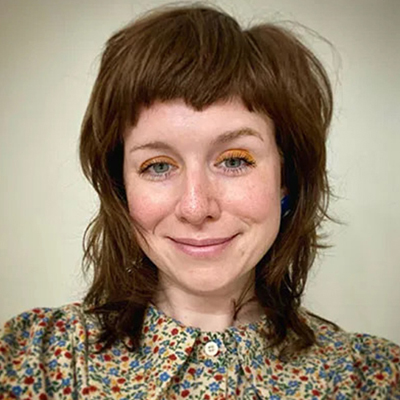
Kelly Gallagher: Community Connections
Gallagher will use museum materials in the spring course FIL 500 Cameraless Filmmaking + Recycled Images. Students will learn numerous cameraless filmmaking techniques through hands-on teaching and practice. Following a visit to the museum, where staff will present 10 or more objects from the collection, students will choose a piece of art to serve as the inspiration for a short cameraless film. “My experience as a Faculty Fellow will enhance my teaching by encouraging me to return to a pillar of my pedagogy: connecting my students with our larger Syracuse community,” Gallagher says.
Shikha Nangia: From Artifacts to Materials Design With AI
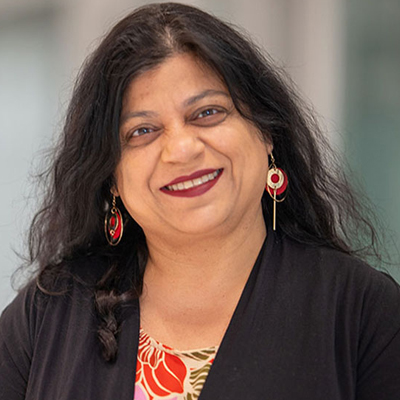
This fall, Nangia will integrate museum artifacts into ECS 326 Engineering Materials, Properties and Processing to create an interdisciplinary learning experience. Students will study objects made of metals, ceramics, textiles and wood—linking core engineering principles to historical, cultural and artistic contexts. “By examining these materials, students gain hands-on insight into how properties influence design and function across time,” Nangia says. The course will also introduce AI tools to analyze artifacts and assist in designing a new material inspired by historical examples—bridging engineering, history and technology. “It’s a powerful opportunity to enrich learning by connecting course concepts to real-world materials and uncovering patterns through AI,” Nangia says.
Varied Perspectives
Kate Holohan, the museum’s curator of education and academic outreach, says, “Each fellow brings their own disciplinary perspectives to objects that the museum often presents in an art historical context. We’re excited to support innovative, interdisciplinary and experiential teaching and learning at the museum, and to see how the fellows’ engagement with art historical and museum-thinking bring new teaching frameworks to healthcare communication, national security law, filmmaking and engineering.”
The Faculty Fellows program is hosted by the museum with support from the Office of Strategic Initiatives and the Office of Research in Academic Affairs.
